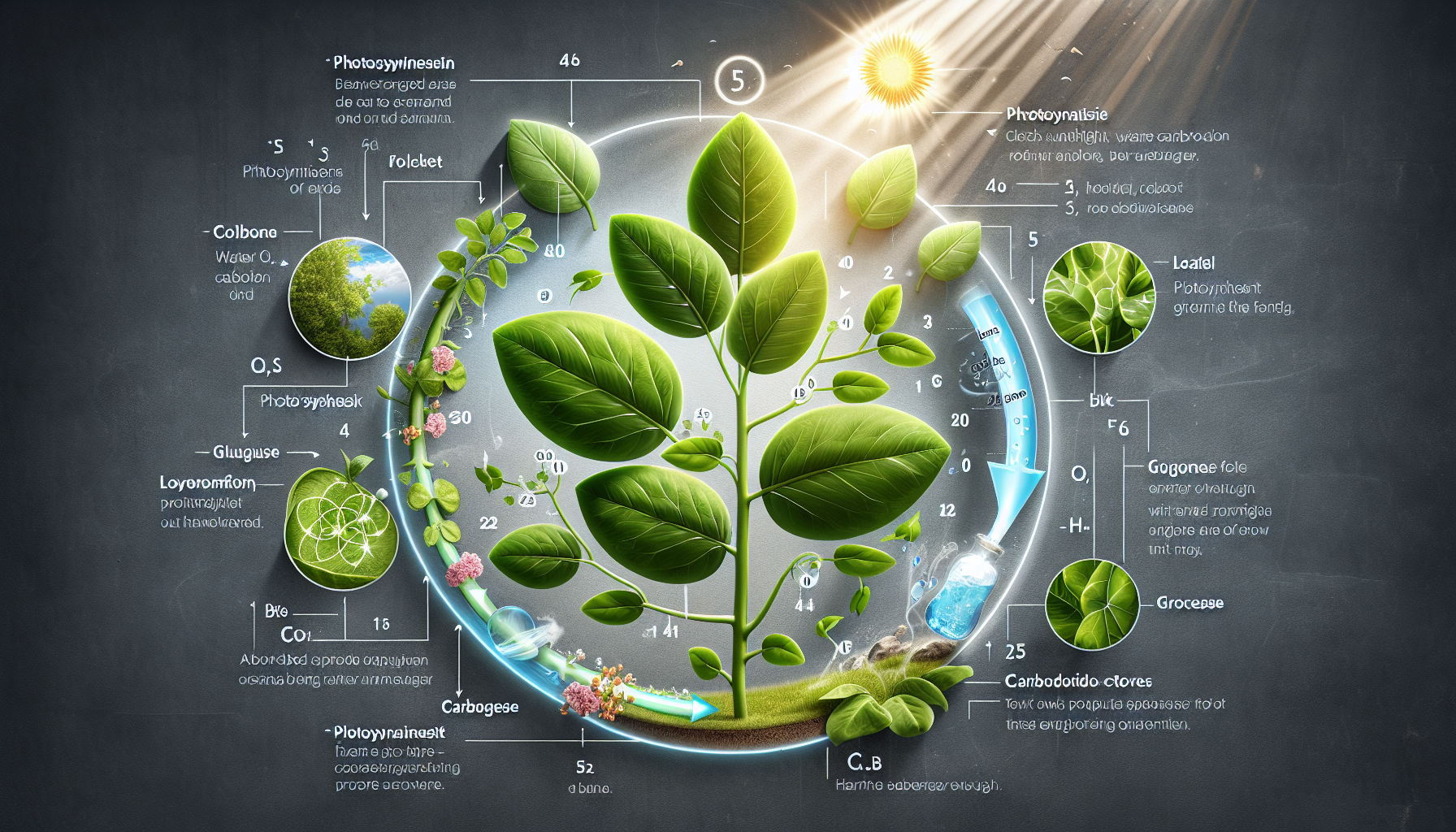
what part of the plant produces food for the plant
What Part of the Plant Produces Food for the Plant?
Plants are fascinating organisms that sustain life on Earth. One of their most remarkable abilities is producing their own food through a process called photosynthesis. But have you ever wondered which part of the plant is responsible for this crucial function? The answer lies in the leaves.
The Role of Leaves in Photosynthesis
Leaves are often referred to as the "food factories" of plants. They contain a green pigment called chlorophyll, which plays a key role in photosynthesis. This process allows plants to convert sunlight, carbon dioxide, and water into glucose, a type of sugar that serves as their primary source of energy.
Here’s how it works:
- Sunlight Absorption: Chlorophyll in the leaves captures sunlight.
- Carbon Dioxide Intake: Tiny pores on the surface of leaves, called stomata, allow the plant to absorb carbon dioxide from the air.
- Water Uptake: Water absorbed by the roots is transported to the leaves through vessels known as xylem.
- Glucose Production: Using sunlight as energy, the plant combines carbon dioxide and water to produce glucose and oxygen.
The glucose is then used to fuel various functions of the plant, including growth, reproduction, and repair. The oxygen, a byproduct of photosynthesis, is released into the atmosphere, which is essential for the survival of most living organisms.
Why Are Leaves So Efficient?
The structure of leaves is specifically adapted for photosynthesis. Here are some features that make them highly efficient:
- Broad Surface Area: Most leaves are flat and wide, maximizing their exposure to sunlight.
- Thin Structure: This allows for easy diffusion of gases like carbon dioxide and oxygen.
- Veins: Veins in the leaves transport water and nutrients while also providing structural support.
Other Photosynthetic Plant Parts
While leaves are the primary site of photosynthesis, other green parts of the plant, such as stems in some species, can also perform photosynthesis. However, their contribution is usually minimal compared to that of the leaves.
Conclusion
The leaves are undoubtedly the star players when it comes to food production in plants. Through photosynthesis, they not only sustain the plant itself but also play a pivotal role in maintaining the Earth's oxygen levels and food chains. The next time you see a tree or a plant, take a moment to appreciate the hard work its leaves are doing to keep life thriving on our planet.
If you're curious to learn more about plant biology and the wonders of nature, check out our other Science & Nature articles.